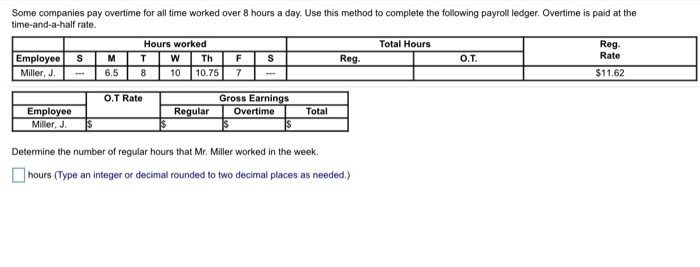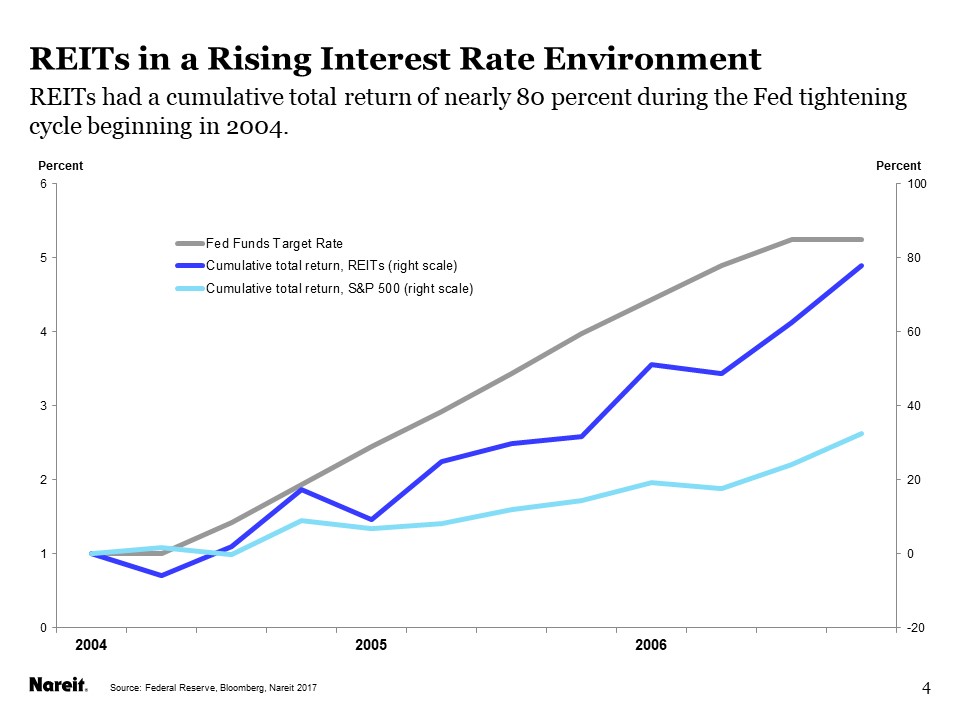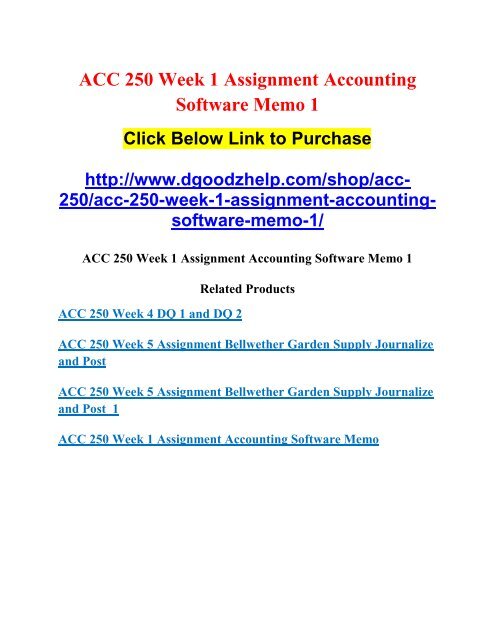
Your income statement, commonly referred to as the P&L. Your profit and loss statement reflects your financial performance over a certain period of time. It includes all revenue and expenses and any net profit or net loss over the same period of time. For example, accounts payable, mortgage or accrued expenses.
Operating expenses are expenses that are paid as part of a business’s day-to-day operations. This includes equipment, inventory, payroll, and marketing costs. This type of accounting is preferred by experts and gives a clear picture of a business’s financial health. Double-entry accounting helps catch Basic Accounting Terms errors, creates strong accounting records, and makes it easier to prepare financial documents. Most modern accounting software uses double-entry accounting. When deciding which accounts to include, think carefully about the type of business you run and the common assets and expenses you have.
Interest rates can be either fixed or variable, and it’s the percentage that gets used to calculate the cost of borrowing money. Or, it can be the percentage used to calculate the amount that you’re going to earn. Interest rates will vary, and you’re likely going to see a higher interest rate for higher risk loans. If you take out a loan, you’re likely going to have to pay back more than you originally took out. However, you can also earn interest on certain things, such as with an interest-bearing account. You’re not always going to have enough money in the bank to make a purchase or fund your business idea.
Those with a CPA qualification have more credibility and expertise than regular accountants. A CPA can create audits and review reports as well as legally represent your business in front of the IRS — two things a regular accountant can’t do. However, shy away from automatically assuming that a positive cash flow is good and a negative cash flow is bad. It’s important to know why your cash flow is positive or negative. Businesses can either have a positive or negative cash flow. The primary rule of this equation is that both sides must balance out (you’ve probably heard of “balancing the books” — this is where that phrase comes from).
Indirect Expenses – These are expenses incurred either to run a business as a whole or its segments. Hence, indirect expenses can not be directly linked to a cost object & are thus debited in the profit & loss account. Working Capital – It reflects the liquidity level of a business in carrying out its day-to-day operations. It is equal to the difference between the firm’s current assets & current liabilities and can be positive or negative. As a business owner, you need to stay on top of budgets, cash flow, overhead and a variety of other financial considerations.
Let’s take a closer look at some of the basic accounting terms to help your business stay on track. Effective accounting provides an overview of your financial transactions. But it also lets you understand certain legal obligations that you must follow. Not doing so can lead to penalties and an overall headache that you surely would like to avoid. And accounting can relate to several different areas of your business. General Ledger – Where debit and credit transactions are recorded.
Only include information you actually need and account names that make sense to you (you can always add more accounts down the road). When your business has delivered a product or service, but your buyer has not paid for it yet, it is recorded under accounts receivable. Because of that, we’ve created this ultimate guide of the 60 most basic accounting terms business owners and students alike need to know. A report of an organization’s revenues, expenses, gains, and losses over a specified time period.
Revenue
The vendors that appear on this list were chosen by subject matter experts on the basis of product quality, wide usage and availability, and positive reputation. Run payroll on any device with taxes, compliance & reporting built-in. Profit earned by your company (usually through sales). This formula demonstrates how successful your investment was by showing the profit gained or lost.
West Virginia University Slashes Its Budget, Plans to Drop Languages – The New York Times
West Virginia University Slashes Its Budget, Plans to Drop Languages.
Posted: Fri, 18 Aug 2023 20:41:02 GMT [source]
This is an internal document that is usually generated at the end of an accounting period in order to make sure all credits and debits are in balance. This formula is the foundation of double-entry bookkeeping and of accounting itself. A fundamental goal of financial recordkeeping is to make sure this equation is balanced.
How Integrated Payments Can Streamline the Holiday Rush for Small Businesses
Companies may also face higher tax rates as their sales and profits rise. By comparison, fixed costs remain the same regardless of production output or sales volume. Examples of fixed costs include rent, wages, and salaries. Accountants track partial payments on debts and liabilities using the term “on credit” (or “on account”).

Cash flow tracks the flow or movement of cash into and out of a business. The net cash flow is the sum of all money the business makes. Cash flow statements are financial listings including all cash received from operations, investments, financing, and more. Debits represent an asset or expense which gets included in a journal or ledger. A debit entry gets made on the left-hand side of those journals or ledgers and it’s a common practice in double-entry bookkeeping.
Positive VS Negative Cash Flow
To achieve diversification, people and organizations spread their capital out across multiple types of financial holdings and economic areas. The term is also widely used in finance and investing. Software as a service is a business model where users don’t buy the software outright but are paying a subscription to access the software service on a continuous basis. These payments are usually monthly, and the software is often cloud-based.
This can include raw materials, work-in-progress items, and finished goods. Stock is classified as an asset on a company’s balance sheet. It is important for businesses to manage their liabilities effectively to avoid default or bankruptcy.
Resources for Your Growing Business
Knowing your accounts receivable amount is integral to calculating your accounts receivable turnover — beneficial for forecasting and gaining deep business insights. If you’re a small business owner or work for yourself, your expertise is likely in your business, not in understanding basic accounting principles or confusing business terms. Goods can include any tangible item that a company produces or sells, such as inventory, raw materials, finished products, or supplies. In order to account for goods, a company must keep accurate records of all purchases and sales, as well as any changes in the value of its inventory.
Essentially, any information that may be useful to management falls underneath this umbrella. Accounting is one of the key functions of almost any business. It may be handled by a bookkeeper or an accountant at a small firm, or by sizable finance departments with dozens of employees at larger companies. The reports generated by various streams of accounting, such as cost accounting and managerial accounting, are invaluable in helping management make informed business decisions.
Interest on Drawings – It refers to the certain percentage charged by the business from the owners on the total amount of drawings made by them during an accounting year. This term is majorly used for sole proprietorships & partnership firms. Revenue from Operations – Revenue from operations or operating revenue can be defined as the income generated by an entity from its daily core business operations. Cost of Goods Sold – It refers to the direct cost incurred by a business for manufacturing goods to be sold or for rendering services.
Do your employees have the opportunity to purchase shares in the business? It gets calculated by deducting any liabilities from the assets. Purchasing certain types of assets can be important for your business to operate effectively. And you can spread the cost of those assets out over their useful life. So, offsetting the cost of an asset over a time period is depreciation.
Basic Accounting Terms, Acronyms and Abbreviations Students Should Know
Audits get conducted to make sure that your financial records are accurate and line up properly. This usually gets done by an auditor or a tax official. They make sure that you’re accounting for everything your business does correctly. This is the process of offsetting any of your assets, which can include things like intellectual property and even goodwill. The assets get offset over a period of time and they’re closely linked with depreciation.

Double-entry accounting is a type of accounting where every transaction is recorded at least twice, both as credit and debit. In double-entry accounting, debits must always equal credits. This term looks at the loss of value in an asset during its time in use. You’ll often consider depreciation when looking at vehicles, manufacturing equipment, or other physical assets that decrease in value over time.
- When an accountant “closes the books,” they endorse the relevant financial records.
- A planned-for reduction in the value of an intangible asset over its useful or legal life.
- Your income statement, commonly referred to as the P&L.
- Natural assets are geological items such as water or oil.
- Comparative Balance Sheet – It directs to the horizontal analysis of the same accounts or groups of accounts in the balance sheets of the same entity on different dates.
For this reason, there are several broad groups that most accountants can be grouped into. By 1880, the modern profession of accounting was fully formed and recognized by the Institute of Chartered Accountants in England and Wales. This institute created many of the systems by which accountants practice today.
